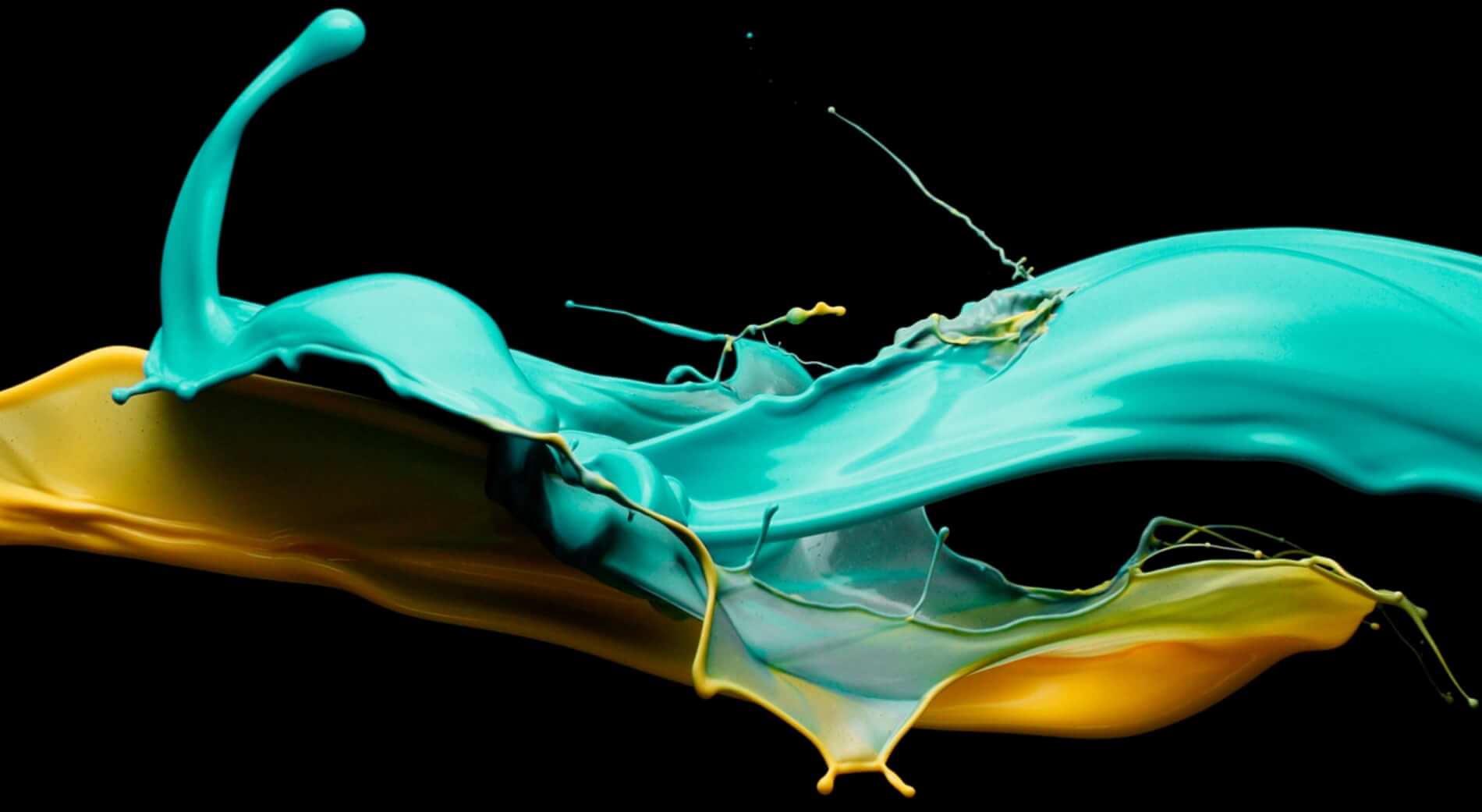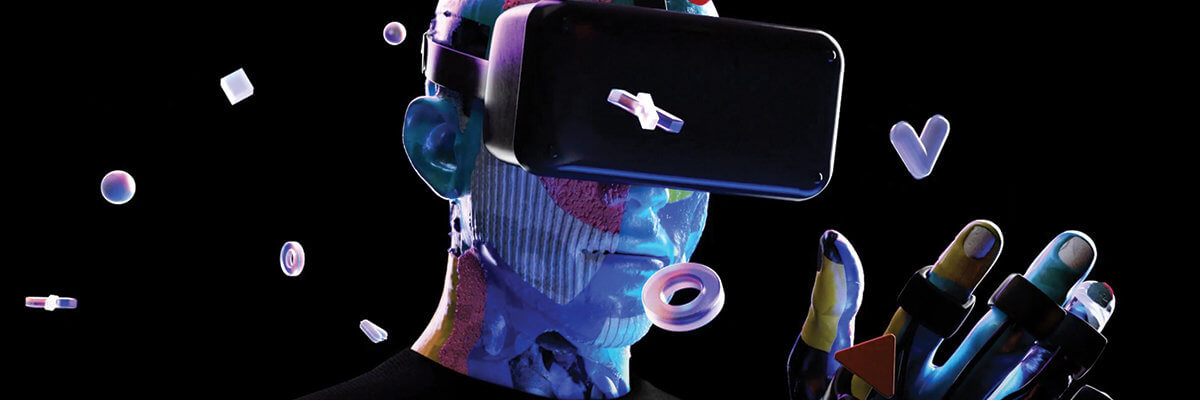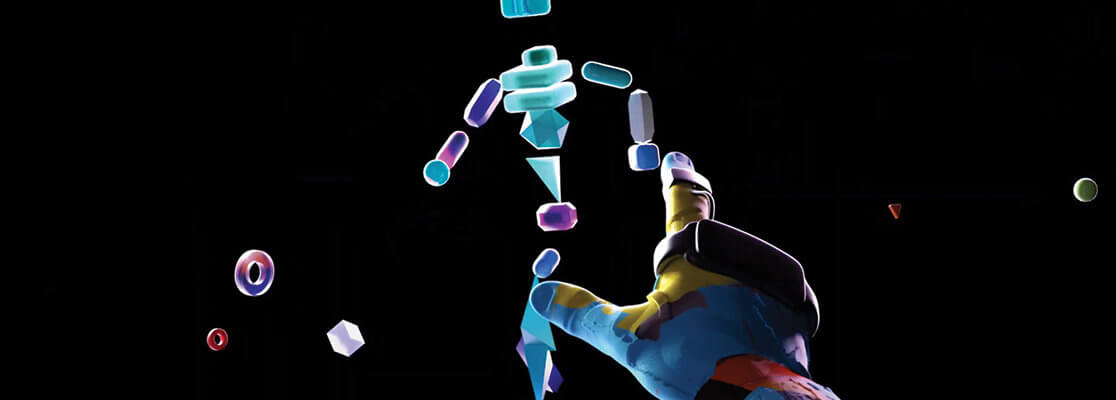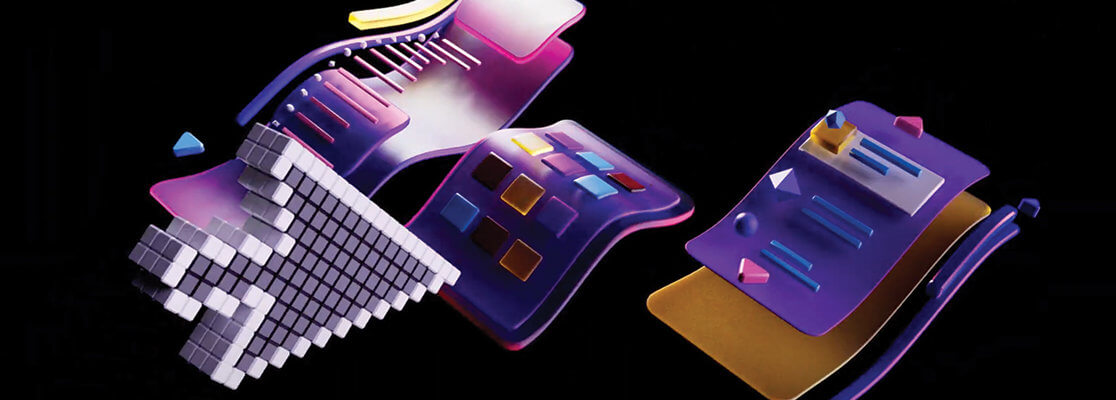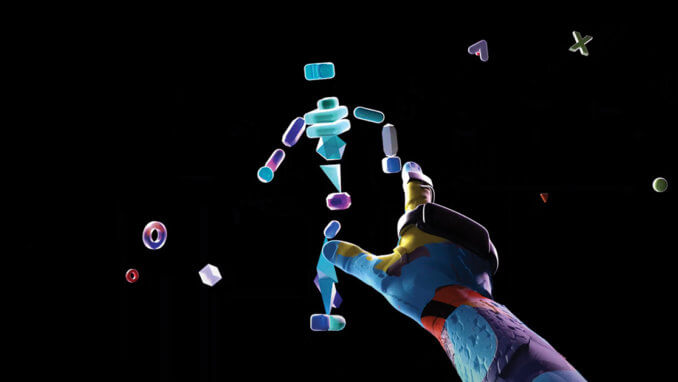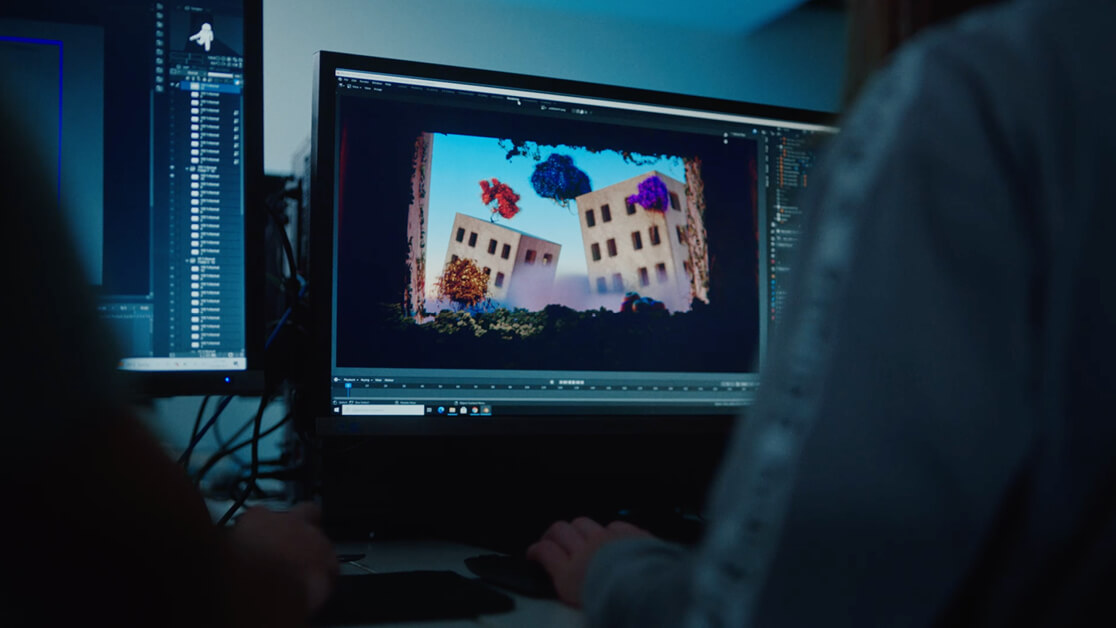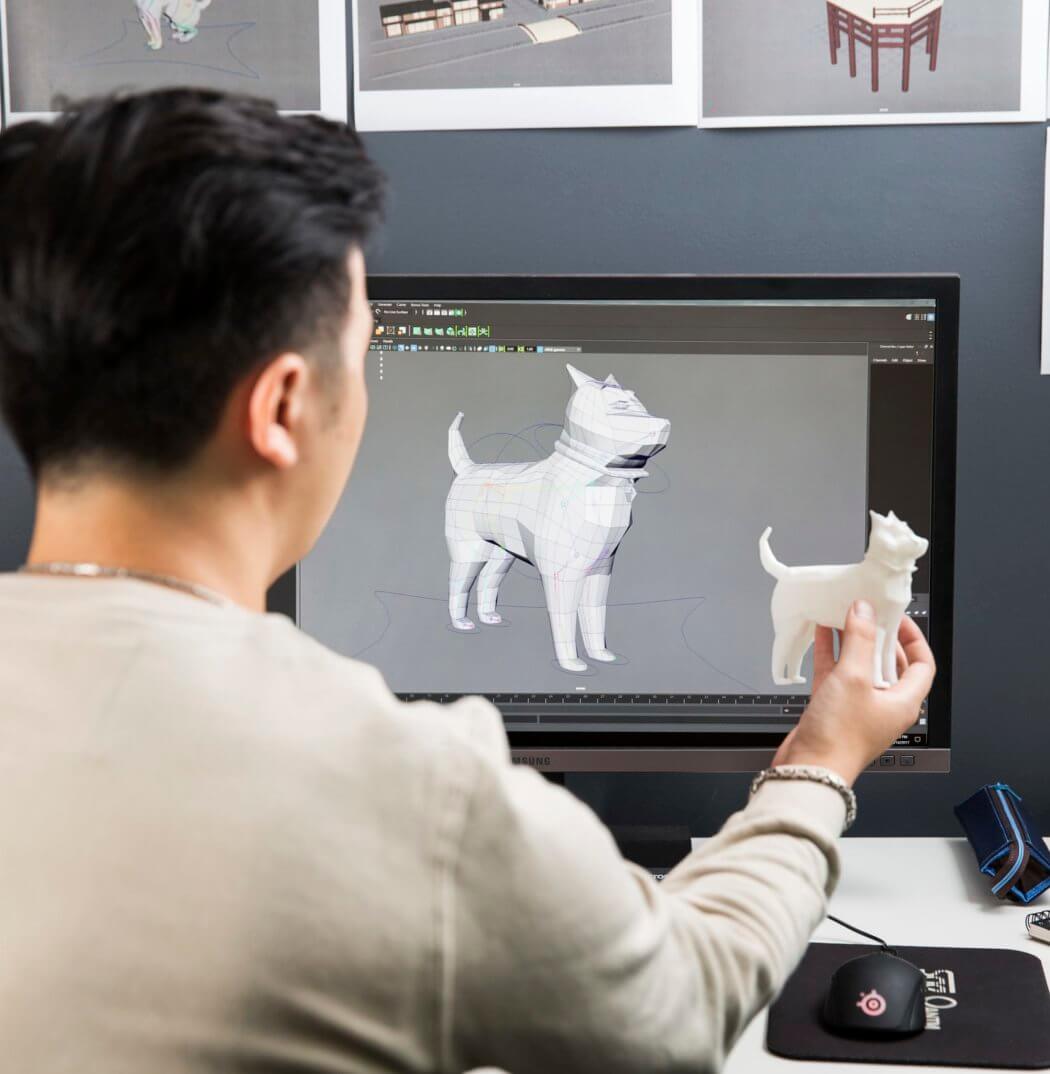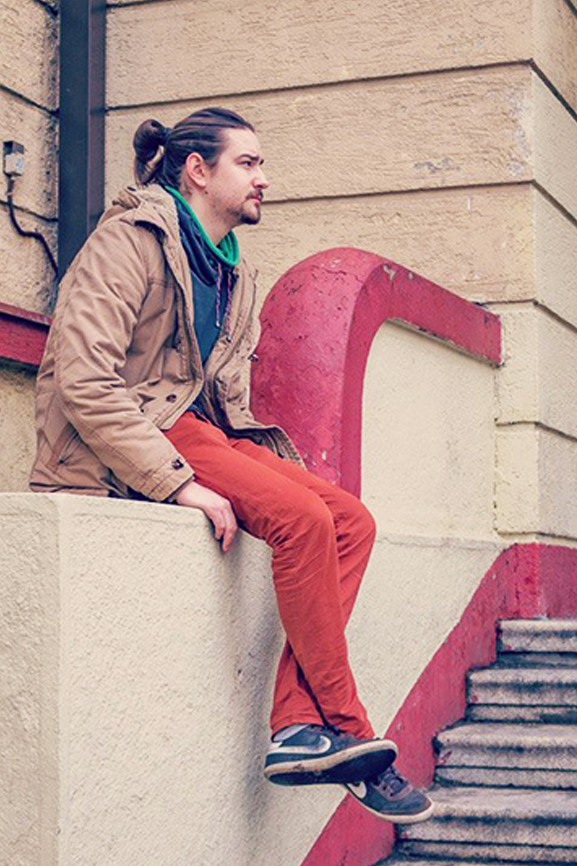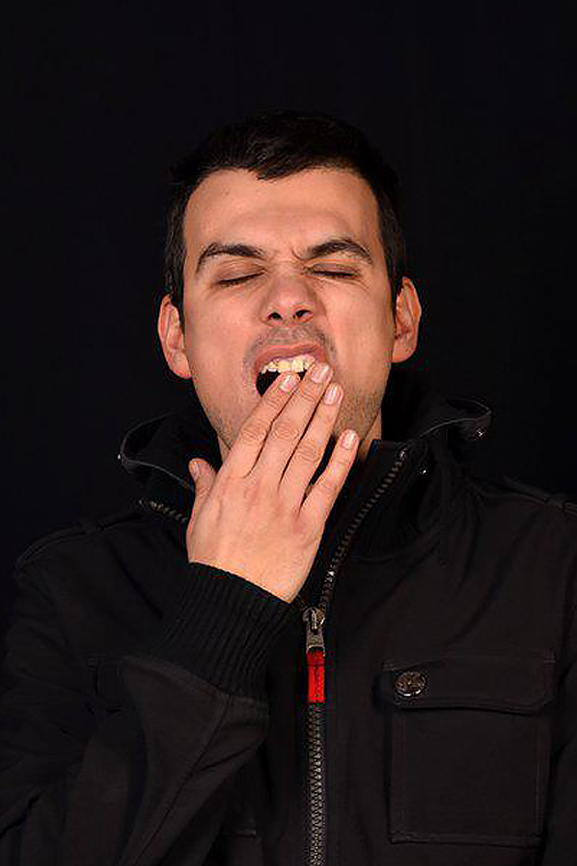Bachelor of Animation
YOUR DREAM CAREER IN ANIMATION IS ONLY LIMITED BY YOUR IMAGINATION
Available at
Belgrade
Fees
Duration(s)
6 Trimesters Full Time (Fast Track)
Complete your course faster by studying through 6 trimesters across 2 years.
Bachelor of Animation
Course Durations
6 Trimesters Full Time (Fast Track)
Complete your course faster by studying through 6 trimesters across 2 years.
Start Date(s)
Belgrade
May 2026
September 2026
Bachelor of Animation
Start Dates
Belgrade
May 2026
September 2026
Entry Requirements
Bachelor of Animation
Domestic Entry Requirements
Both domestic and international students must meet one of the following criteria:
Completion of a Senior Secondary Certificate of Education (your Year 12 certificate) or equivalent; OR
at least 21 years old and demonstrated experience.
English language certificate (IELTS, TOEFL, any CEFR certificate) showing B2 level competence.
Bachelor of Animation
International Entry Requirements
International Entry Requirements
Both domestic and international students must meet one of the following criteria:
Completion of a Senior Secondary Certificate of Education (your Year 12 certificate) or equivalent; OR
at least 21 years old and demonstrated experience.
English language certificate (IELTS, TOEFL, any CEFR certificate) showing B2 level competence.
YOUR CAREER IN ANIMATION BEGINS NOW
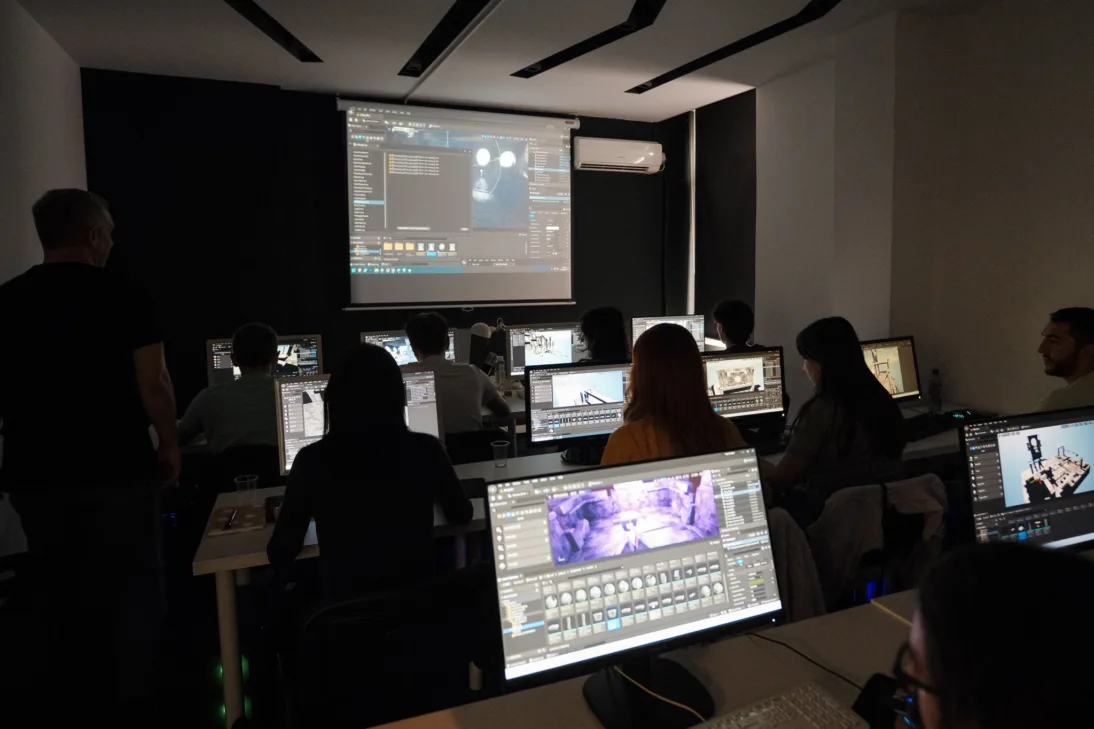
Develop advanced skills in industry-standard software packages
Autodesk Maya, Autodesk 3ds Max, ToonBoom Harmony, Substance Painter, Unreal Engine 4, Unity, SideFX Houdini, Foundry NukeX, Pixologic ZBrush and Adobe Creative Suite.
Practical, immersive training
All work is project based, with no exams. Graduate with a portfolio to share with an employer or first client.
Cross discipline collaboration
Work across film, gaming and audio projects at SAE.
Expand your career
Graduate with a portfolio, work experience, employability and entrepreneurial skills and a network of fellow creatives.
Tools & Software



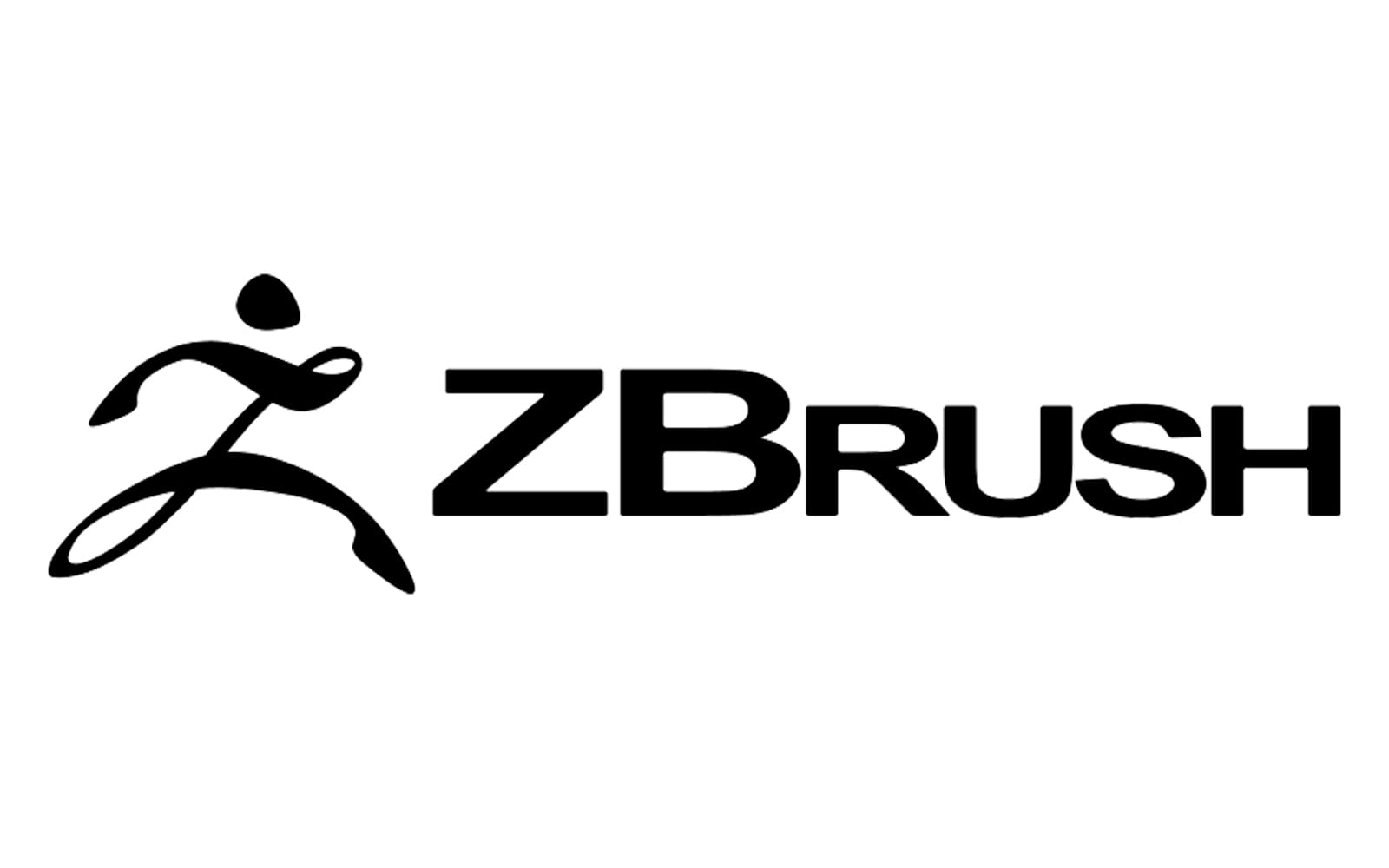
Animation skills
Character animation (2D/3D)
Visual storytelling
3D modelling & computer graphics
Visual effects & motion graphics
Course Structure
The Bachelor of Animation is broken up into three distinct stages over six trimesters (full time, fast track).Each stage is designed to develop different skills.

Stage 1: Foundations
Develop the essential technical animation skills and the knowledge required to collaborate with other creative media students and professionals.
‘2D Fundamentals’ is the first module leading to the Game Art Animation award. It explores the basics of classical drawing and digital imaging for the creation of 2D assets, introducing students to the workflows and pipelines required. Students also receive a grounding in the conventions of academic writing, and the concepts of intellectual property and copyright in the creative industries.
‘3D Rendering & Compositing’ build from the 3D Fundamentals module to focus on the finishing and implementation of 3D content. Students will learn camera and lighting theory, workflows for rendering and compositing, and also continue to develop their project management skills. Intellectual property and copyright issues will be introduced.
‘Digital Sculpting and PBR Texturing’ addresses the technical aspects of the 3D production pipeline. Lighting, texturing and camera setups for real-time rendered scenes are explored and developed. Students will implement digital sculpting techniques as well as optimisation of geometry, topology and edge flow. Students will also explore techniques for texture baking and develop contemporary workflows using industry standard software packages. This module will introduce students to the necessary skills and knowledge to create digital assets using the same workflow used in the creation of AAA and independent console titles.
‘Game Art Animation and Rendering’ is the final module in Level 4 for students specializing in Game Art. The module covers the theory and practice of animation and rendering, including technical processes of lighting and rigging. Student will learn about and then demonstrate the relevant techniques through a simple animation. The module provides an insight into the animation process and shows standard workflows in 2D and 3D animation. The result will then be presented in a rendered scene.
Stage 2: Advanced - Refine & Expand
Broaden your scope to work on complex multidisciplinary projects in accordance with industry standard practices.
The module introduces students to professional working environments (or a facsimile thereof), through the ‘Creative Studio’ approach. It builds on foundational skills from Level 4 and introduces students to more advanced professional workflows in their chosen industry. This will include more advanced training in software and hardware, the exploration of complex production techniques, and the student’s ability to critically analyse and reflect on their own work. Students will undertake a number of prescribed projects briefs (the briefs available will be selected by the local campus faculty) led by a facilitator. Students will enhance their creative production skills through these projects, while also developing problem-solving skills, knowledge of cultural contexts, and the ability to engage with constructive feedback.
Creative Studio 2 enables students to contribute their specialised knowledge and skills through assigned roles in collaborative projects, to mirror industry practices in light of its convergence and creative interdependency. Students will build their essential abilities to plan and work in teams, as well as to contribute to extended projects incorporating a business perspective by considering individual strengths. The module also develops students' knowledge and skills in creative media business, equipping them with the tools needed for entrepreneurial working or involvement in creative studio business and marketing roles.
This module enables students to identify an area of professional interest and undertake research to develop a deep and sound knowledge in that area. The research undertaken should be comprehensive and consider the historical development/context of the topic area, existing research in the field, and relevant common production techniques. Throughout this module students will work towards developing the proposal for a Major Project. From the first draft of the research proposal they will develop a more detailed document, supported by broad scholarly research and a feasible methodology. Students will be supported to identify methodologies and outcomes appropriate for either an arts or sciences major project. At the end of this module students will have clearly defined the parameters of their Major Project and how it fits with their career objectives.
Stage 3: Showcase
Execute a project of your own design which is of a high quality and externally published, with the knowledge to commercialise if you choose. You'll also apply your skills through industry work placement.
The Major Project is the culmination of the undergraduate programme; it gives the student the opportunity to demonstrate their skills in a large scale, advanced level project. There are two options for the Major Project.
There is an expectation that the final deliverable for this programme will be of a calibre such that it demonstrates the student’s capacity to progress into professional practice or postgraduate studies.
There is an expectation that the final deliverable for this programme will be of a calibre such that it demonstrates the student’s capacity to progress into professional practice or postgraduate studies.
UCAS Course Codes
BA/BSc (Hons) Game Art and Animation
6 TRIMESTERS
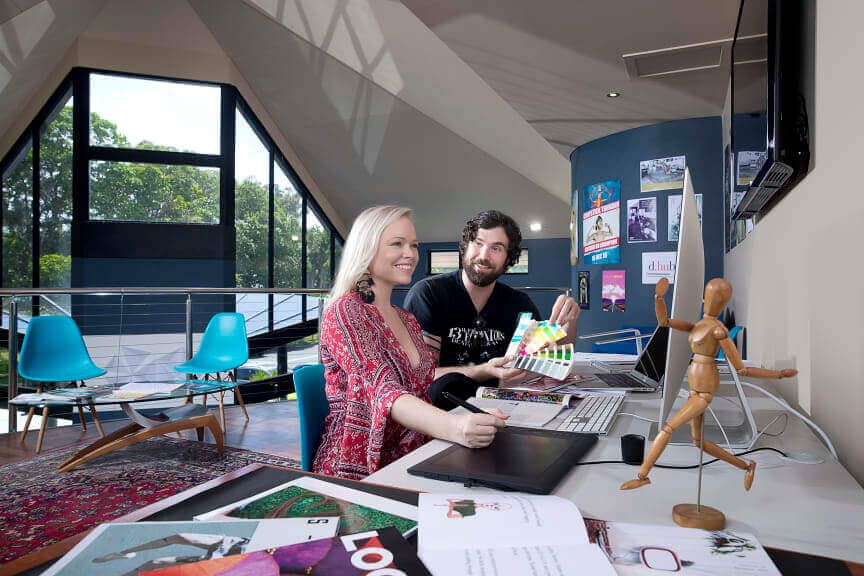
Bachelor of Animation Career Outcomes
What jobs will this course lead to?
3D Generalist
3D or 2D Animator
Concept Artist
Motion Graphics
Designer
Storyboard Artist
Media Industry Specialist
FX Artist
Technical Artist
3D Asset Modeler
3D Character Modeler
Junior Rigging TD
Surfacing Artist
Junior Lighting TD
Production Coordinator
Junior Assembly & Layout Artist
Roto Artist
Junior Matchmover and Cleanup
Junior Compositor
Student Spotlight
Our Partners
